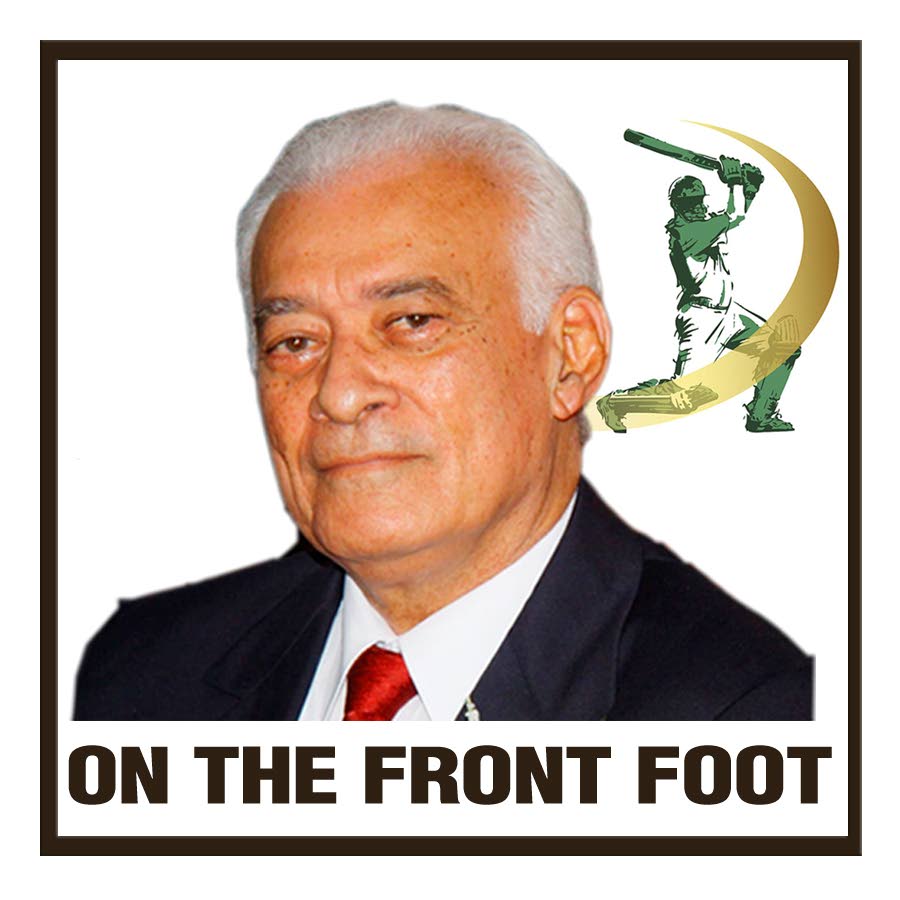CWI should consider having a finishing school

BY BRYAN DAVIS
A close observation of the West Indies (WI) in the recent CPL, makes me realise how much truth there is in the fact to what many commentators refer, as the talent that abounds in Caribbean cricketers.
However, this talent refers to the physical skill of the players and not to the other requirements that go into completing a cricketer.
Nonetheless, I want to comment on players who have yet to improve their game although brimful of the natural gifts to pursue the sport successfully. Watching them perform, the ability is noticeable, however, one can’t shake the feeling that something is missing.
It is, generally speaking, the knack to read the game. This is the aptitude to predict what will happen if a certain action is generated. And, creating this type of thinking, helps to shape the construction of an innings when batting, revealing the true art of batsmanship; setting of the right fields to lure the batsman into a false stroke when bowling; or while fielding, to be one step ahead of the batsman, to be aware of his weakness that could help in determining a catch coming one’s way or a stroke being played in one’s direction.
Hansie Cronje, a highly successful South African captain, advised his team that each one must think like a captain on the field of play. Matters like bowling changes, field placings, defensive or offensive cricket, whatever, so that at any time during a game if he turned to anyone for an opinion, they would be able to answer him intelligently. He stressed that he needn’t accept the suggestion but he would like to have options, especially if things are not going his team’s way.
Everyone then, would have to pay attention to the unfolding of the game, whether they’re fielding, bowling or even batting. It encourages the cricketer to think.
Cricket West Indies (CWI) should consider having a finishing school for a few of the players currently representing WI plus those on the verge of doing so, together with individuals who possess natural ability that may need some extra work on their approach and thought processes. The young cricketer can be confused if he doesn’t understand the sport and its various formats; moreover, how to apply himself to its demands. Today’s youths do not comprehend the rudiments of the game. And our Test cricketers proved that recently.
Shai Hope is a perfect example. A fine batsman, his average in ODI’s is over 50 runs per innings while in Test cricket it’s less than 20. And this is a batsman that made two centuries in one Test against England in 2017.
While his batting in one format declined drastically the other improved brilliantly.
CWI need to show these cricketers how important knowing the basics and grasping the essentials are to any form of cricket.

The youngster growing up today believes that the T20 game means that you have a free licence to swing and either score boundaries or get out, whereupon they believe they have a readymade excuse for being out because one has to try and hit every ball. Also, they think that stroke-less batsmen blocking the ball is Test cricket’s approach. They don’t appreciate attacking batsmanship is necessary in every format.
The principles of healthy batting is based on being in the wicket long enough to score runs regardless of the length of the game. Thus, one needs a strong defence in addition to the wisdom of proper stroke-play. Defence is the mechanism to protect your stumps and the wisdom of proper stroke-play is the weighing of the risk of a stroke. This distinction is the contrast between success and failure. Length and line is imperative for bowlers in T20 but it is also a must in all formats. Players must be in a setting to kindle these virtues in any cricket.
I believe that the enjoyment of cricket by cricketers and encouragement to all those who are interested in playing, should be in the development of a finishing school, where the best cricketers between the ages of 20 and 26, could progress from the under-19 regional teams and the WI "A" teams to the highest level. All immersed in this talent pool, learning the intricacies on how to play the game of cricket in all its formats.
This will help smooth the rough edges of our potential international players to create the complete cricketer.
Teach the game through a Finishing School. This idea could be explored.


Comments
"CWI should consider having a finishing school"